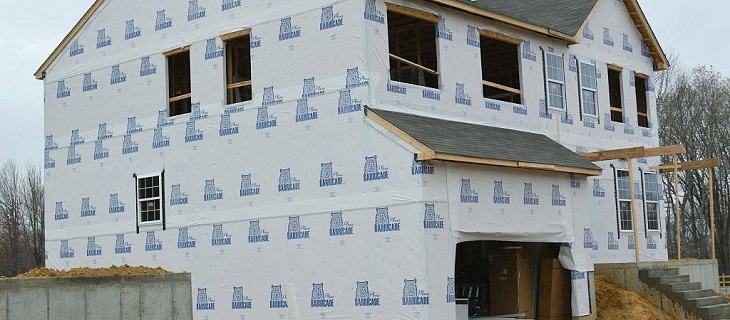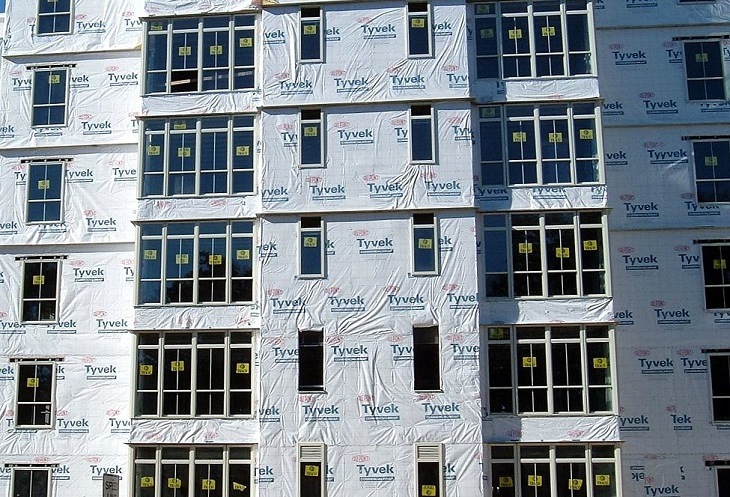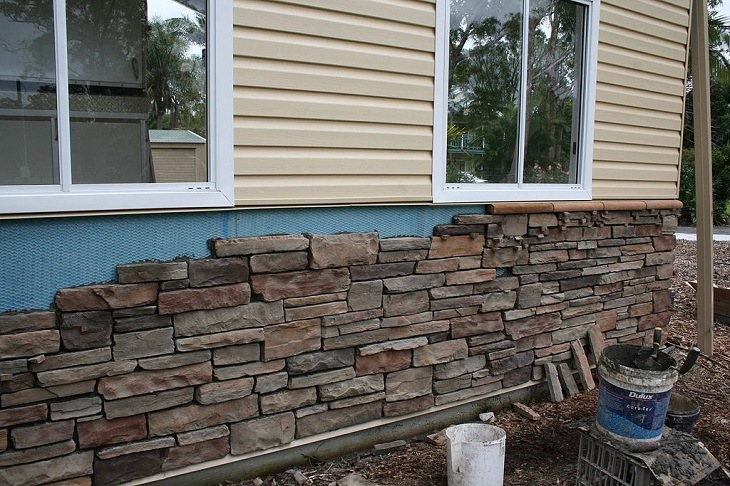How to Install House Wrap the Right Way?
Has your house become permeable? Is there any mold growth due to the outside moisture? Are you thinking about house wraps but are still confused whether they will be able to prevent moisture or not? Will they inhibit mold growth and help in drafts? Do you want to know how to install a house wrap? Well, we are here for you. In this article, we will be discussing this and more.
More...
Advantages of House Wrap
House wraps are perfect for houses prone to mold growth and moisture. They act as moisture and wind barriers. They seal the gaps in the house panels and the plywood sheathing that makes up your home’s exterior walls.
Not only this, they also provide UV protection and reduce air infiltration, condensation, mold problems that get inside the studs. Further, house wraps allow the vapor to flow out of the building. Still got stuck on how to install a house wrap, then here is what you need to know:


Simply put, a house wrap would not only provide an efficient ventilation system for the house but would also prevent the outside moisture from getting inside along with preventing the mold growth.
House wraps are available in a range of materials including the likes of Asphalt (it is an impregnated paper or a fiberglass) to micro-perforated cross-lapped films, laminated films and most commonly used super calendared wet laid polythene.
Alternatives to House Wraps
In addition to house wraps, there are various alternatives you can choose to go with. These include:

The above-mentioned alternatives can be a good choice for shielding your house. However, if our opinion is concerned, we would suggest you go for house wraps as they are durable, superior and easy to be installed.
Let’s see how to install a house wrap.
Things You Need To Require
- FaCade Material
- House Wrap
House wraps insulate your house from weather and moisture intrusion.

via dupont.com
Installing a House Wrap
Step 1: Place the House Wrap
Start with the lining of the stud marks, if any, on the house wrap with the first stud of the wall. Remember to leave some space about 15-30 cm on the overlapping corner and then proceed as follows:

Step 2: Attachments
Keep the wrap unrolling and fasten it every 6-20 inches. For different materials, it should be done as follows:

Step 3: Overlapping
If your house is having higher walls, then you can overlap the house wrap, unroll it and cover the wall by moving upwards higher than the first. The thing that should be kept in mind is that you need to keep a distance of 30 cm between the overlaps.

Ensure that the whole wall is covered. We recommend a secure footing before proceeding to the next step.
Step 4: Fastening and cutting
Use a sharp blade to cut off the excess wrap. Also, don’t forget to tightly fasten the house wrap at various places so that it does not come out.
You can also go through this video for proper understanding the installing procedure of the house wraps:
Step 5: Sealing
Use a sealant or tape for sealing and seal the following areas:
Conclusion
We hope that this article would have helped you in installing a house wrap. As a matter of fact, if you find that the house wraps are not perfect for your house, you can go for alternative wraps like an R-wrap or paper trap. All you need to do is follow the same instructions as we did for house wrap.
I look forward to receiving your comments and would also like you to participate in the discussion so that each one of us can be helped. Don’t forget to share your house wrap installation procedure. Do share the above post if you liked it.




